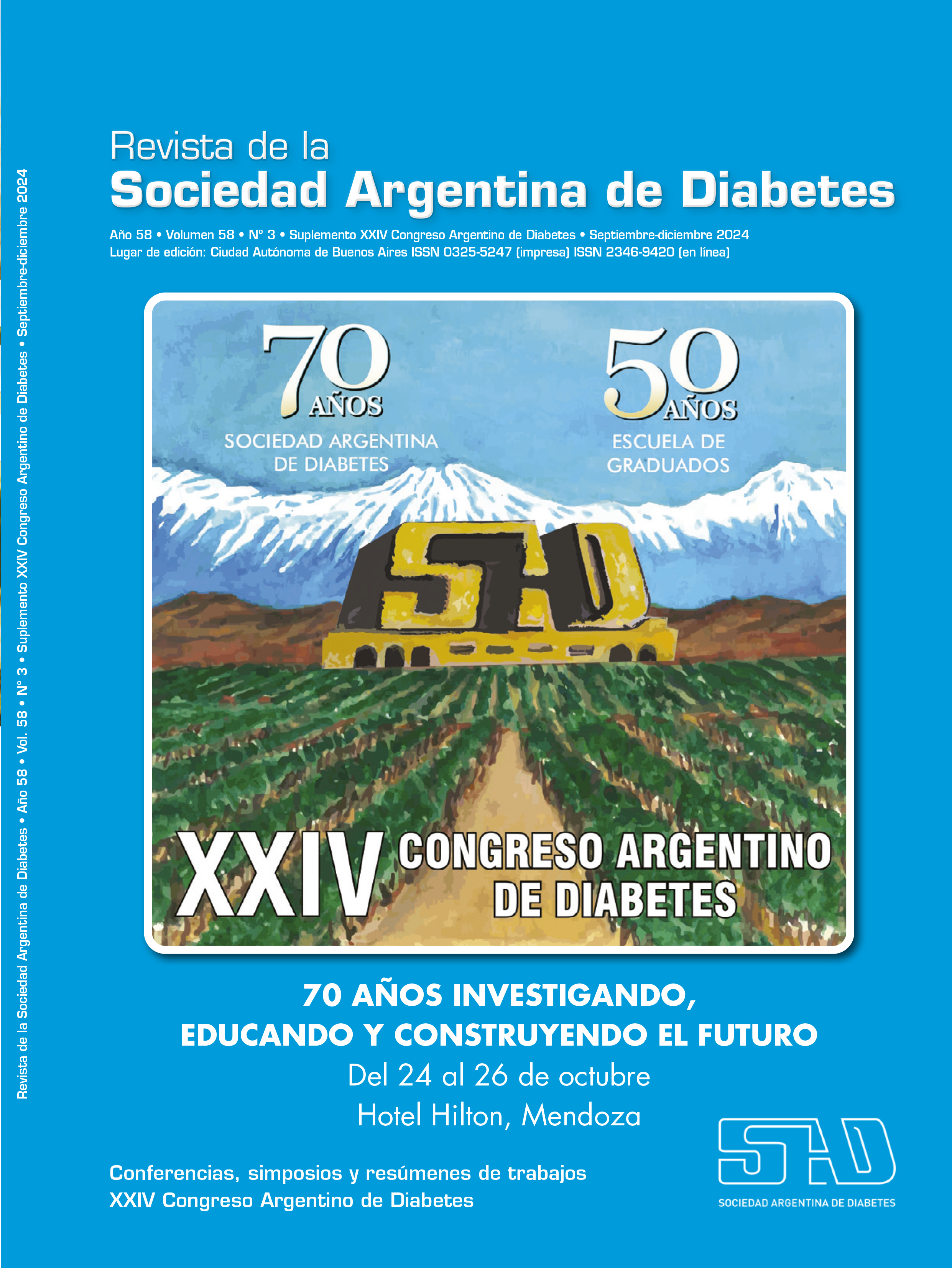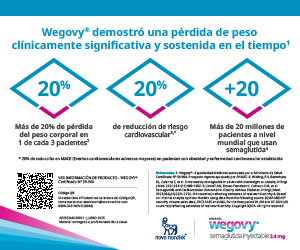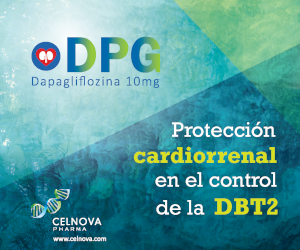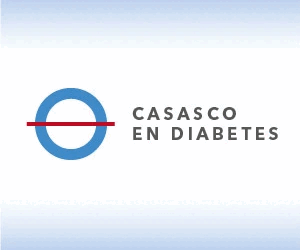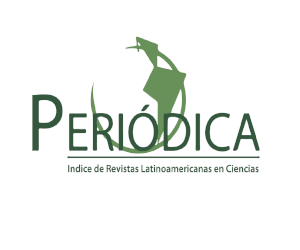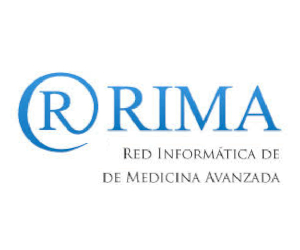Heterogeneity in prediabetes: can phenotypes be identified?
Keywords:
diabetes, phenotypesAbstract
Prediabetes is a heterogeneous condition characterized by varying degrees of insulin resistance and beta cell dysfunction, which may precede the onset of diabetes (DM). Abnormalities in fasting glucose (FG), oral glucose tolerance test (OGTT), and the combination of both (FG+OGTT) represent distinct pathways that may evolve into DM. These states are characterized by different degrees of insulin sensitivity, absolute insulin secretion, hepatic glucose production, insulin secretion relative to insulin resistance, as well as secretion of other hormones, such as glucagon and incretins. These alterations may be present up to five years before the diagnosis of prediabetes1. The glucose metabolism profiles in different prediabetic phenotypes, classified by FG, OGTT, HbA1c, and 1-hour OGTT, were studied in the IMI-DIRECT study, with a longitudinal follow-up of 48 months.
The findings confirmed known notions about fasting insulin resistance in OGTT (which partly reflects hepatic insulin resistance). In the OGTT abnormalities there was decreased potentiation and sensitivity of insulin secretion with lower basal and total secretion, which is related to the potentiating effect of incretins on its secretion, so this could be the worst phenotype among the three with an isolated defect. The association of two or three abnormalities significantly increases the chances of progressing to DM, so people with a known risk should be tested to reveal the possible presence of the three defects possibly observed during prediabetes, as this seems relevant to determine the real risk of developing the disease2.
In the Tübingen Family Study and Tübingen Lifestyle Program (TUEF/TULIP) cohorts, patients at high risk of developing DM were selected and given precise measurements of insulin sensitivity and secretion based on OGTT-derived variables, including HDL-c, magnetic resonance imaging (MRI)-derived measures of metabolically unfavorable and favorable fat compartments, hepatic fat content measured with 1H-MRI spectroscopy, and a polygenic risk score for DM2 assessing genetic propensity. Six subphenotypes were identified, three of which have higher blood glucose levels (groups 3, 5, and 6), but only those in groups 5 and 3 have imminent risks of DM. In contrast, those in group 6 have a moderate risk, but higher risk of kidney disease and all-cause mortality3.
References
I. Faerch K, Vaag A, Holst JJ, et al. Natural history of insulin sensitivity and insulin secretion in the progression from normal glucose tolerance to impaired fasting glycemia and impaired glucose tolerance: the Inter99 study. Diabetes Care 2009;32(3):439-444.
II. Tura A, Grespan E, et al. Profiles of glucose metabolism in different prediabetes phenotypes, classified by fasting glycemia, 2-hour OGTT, glycated hemoglobin, and 1-hour OGTT: an IMI DIRECT study. Diabetes 2021;70(9):2092-2106.
III. Wagner R, Heni M, et al. Pathophysiology-based subphenotyping of individuals at elevated risk for type 2 diabetes. Nature Medicine 2021;27(1):49-57.
Downloads
Published
Issue
Section
License
Copyright (c) 2024 on behalf of the authors. Reproduction rights: Argentine Society of Diabetes

This work is licensed under a Creative Commons Attribution-NonCommercial-NoDerivatives 4.0 International License.
Dirección Nacional de Derecho de Autor, Exp. N° 5.333.129. Instituto Nacional de la Propiedad Industrial, Marca «Revista de la Sociedad Argentina de Diabetes - Asociación Civil» N° de concesión 2.605.405 y N° de disposición 1.404/13.
La Revista de la SAD está licenciada bajo Licencia Creative Commons Atribución – No Comercial – Sin Obra Derivada 4.0 Internacional.
Por otra parte, la Revista SAD permite que los autores mantengan los derechos de autor sin restricciones.



